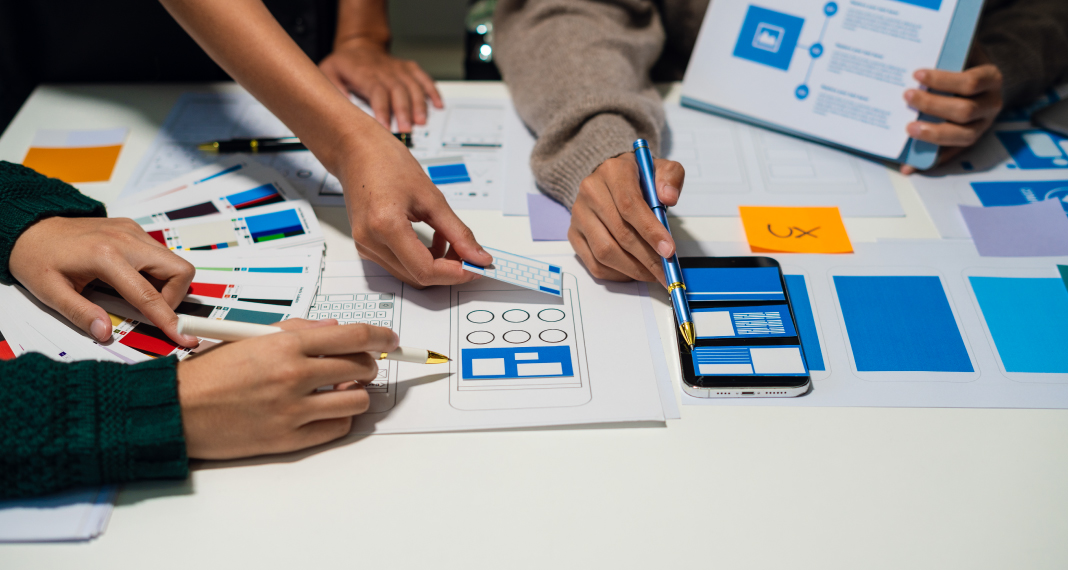- About
- Training
- Web
-
Marketing
- Search Engine Optimization (SEO)
- Content Marketing
- Social Media Marketing
- Email Marketing
- Pay-Per-Click (PPC) Advertising
- Influencer Marketing
- Affiliate Marketing
- Online Public Relations (PR)
- Video Marketing
- Mobile Marketing
- Chatbots & Artificial Intelligence (AI)
- Web Analytics & Data Analytics
- Job Opening
- Blog
- Contact Us



